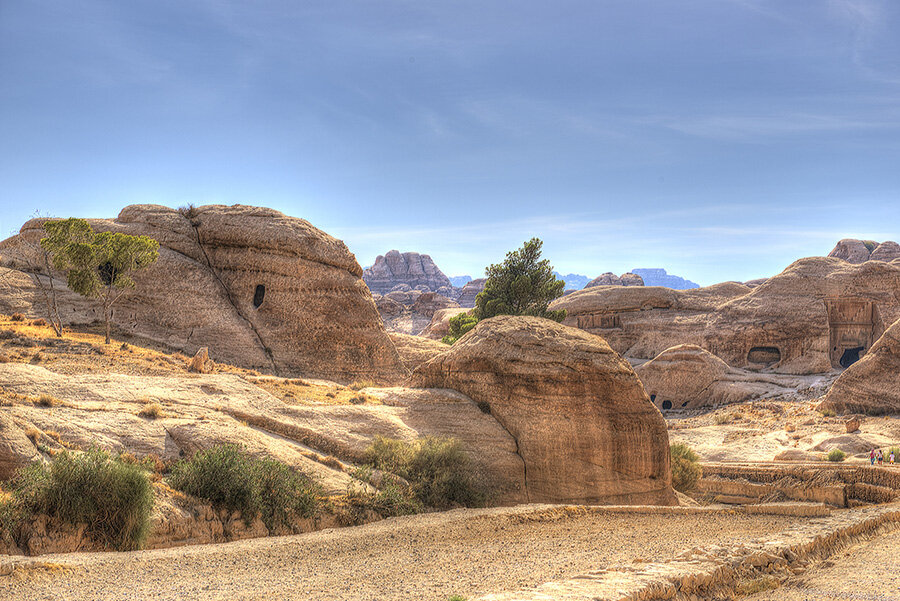
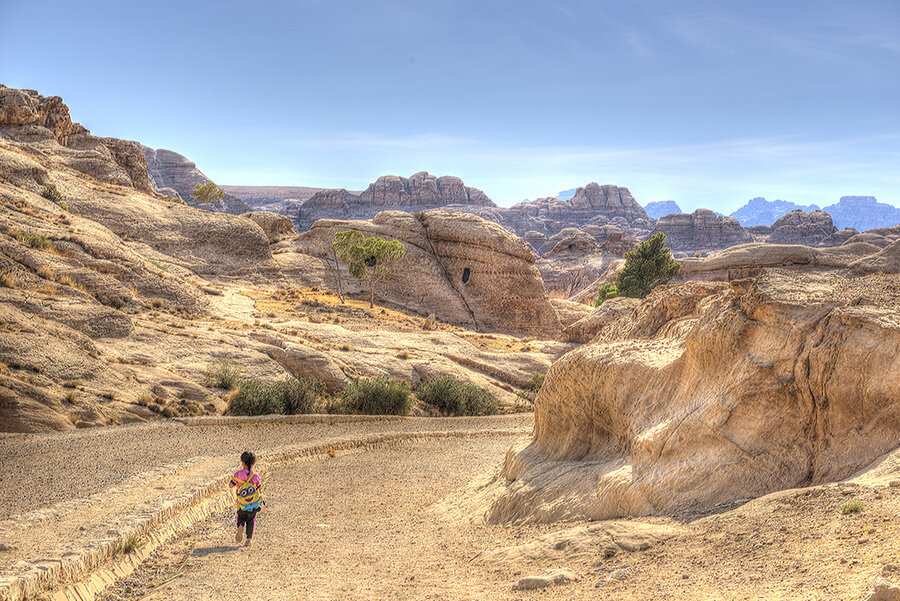
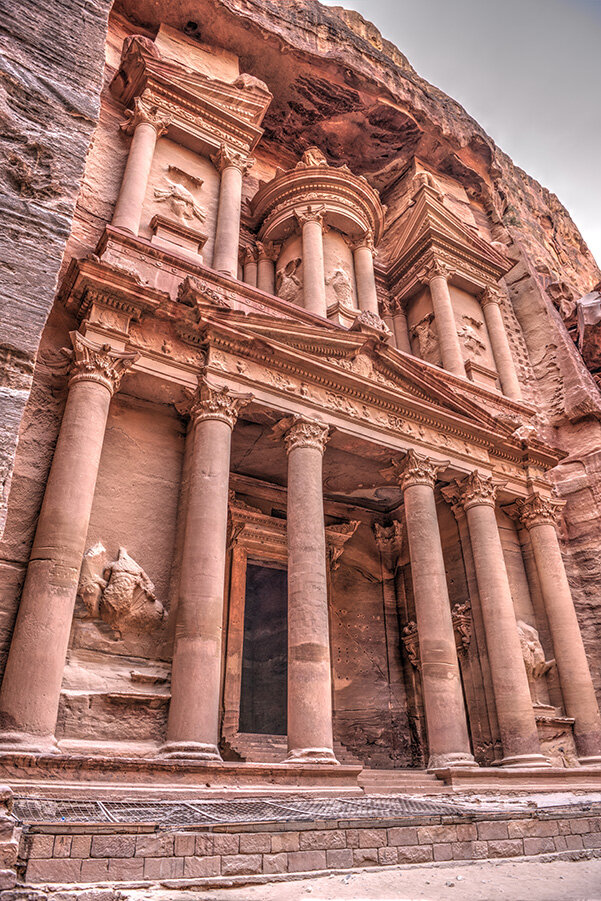
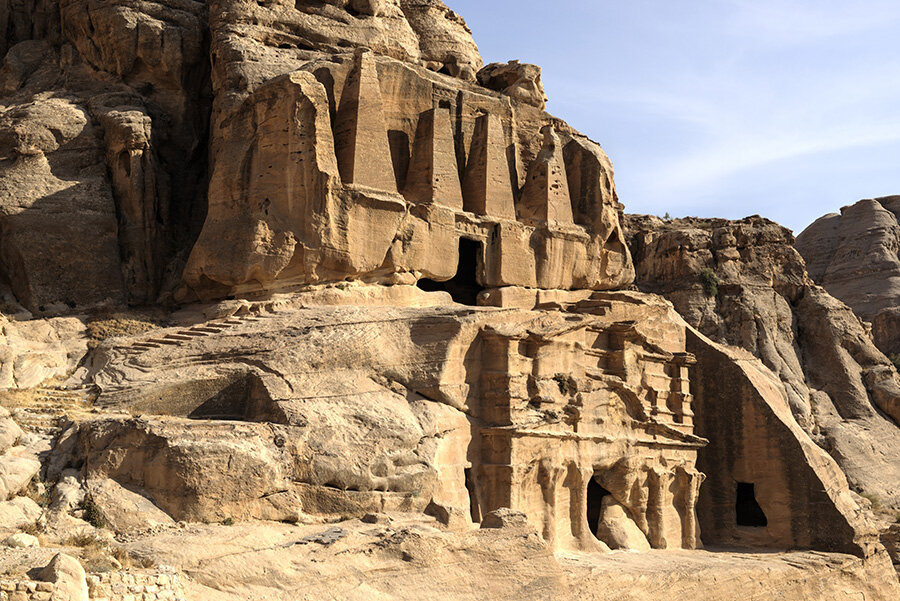
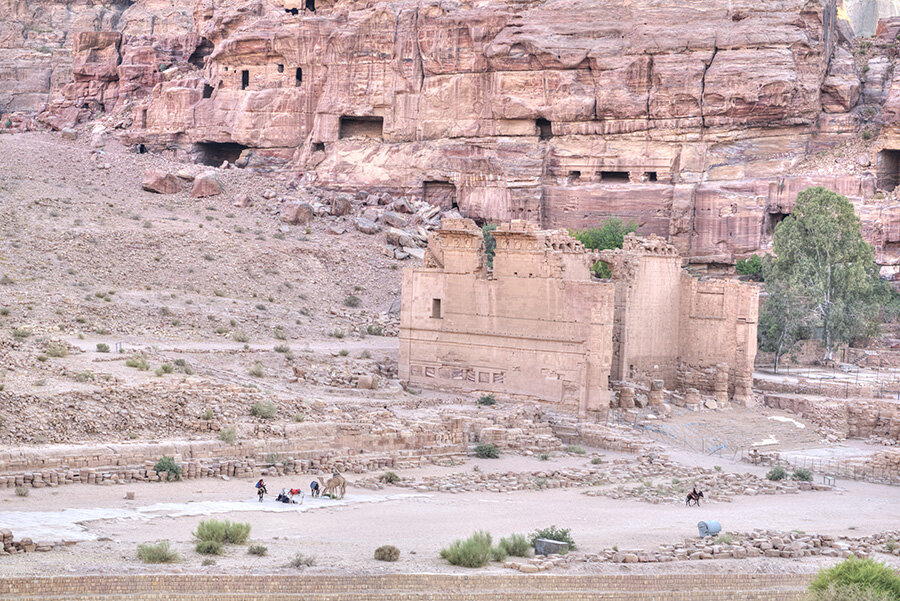
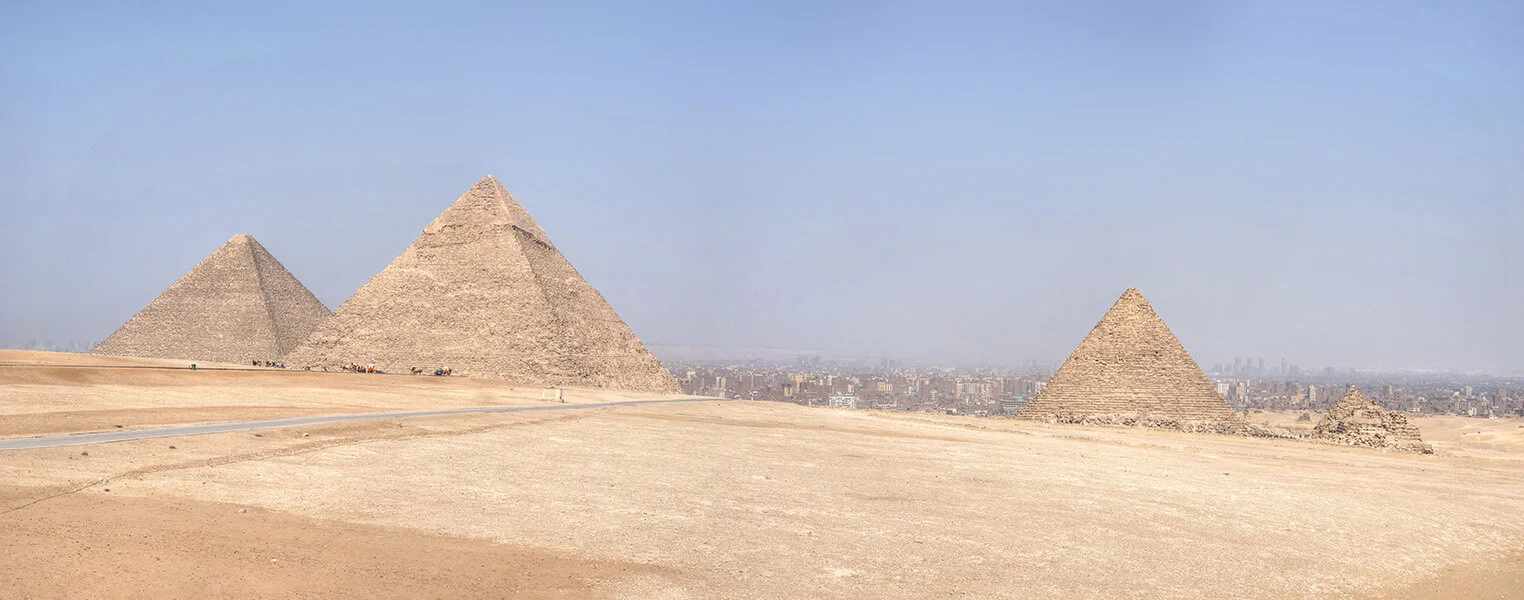

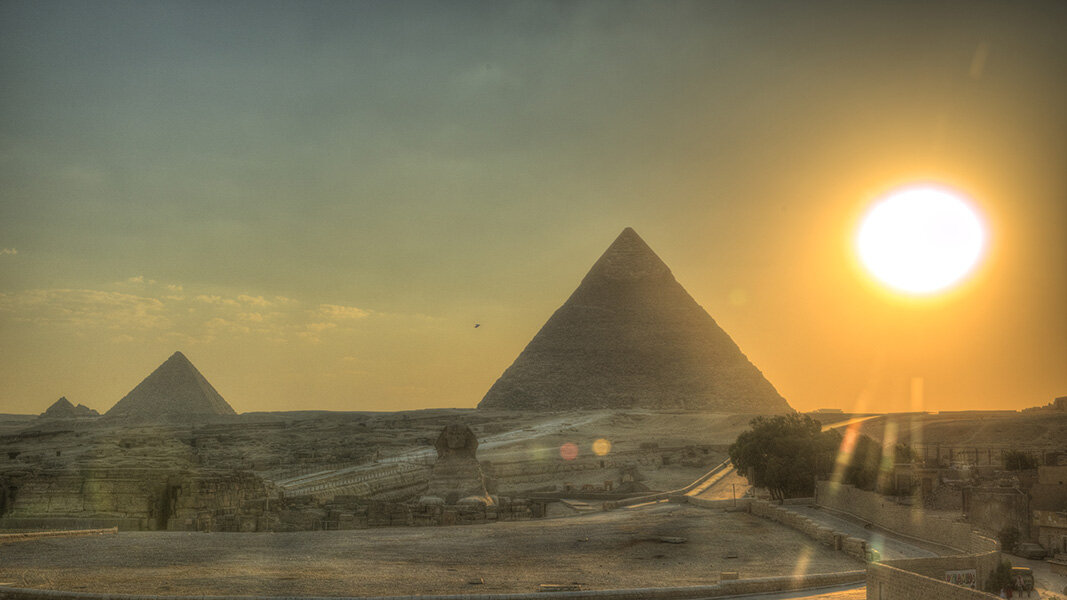
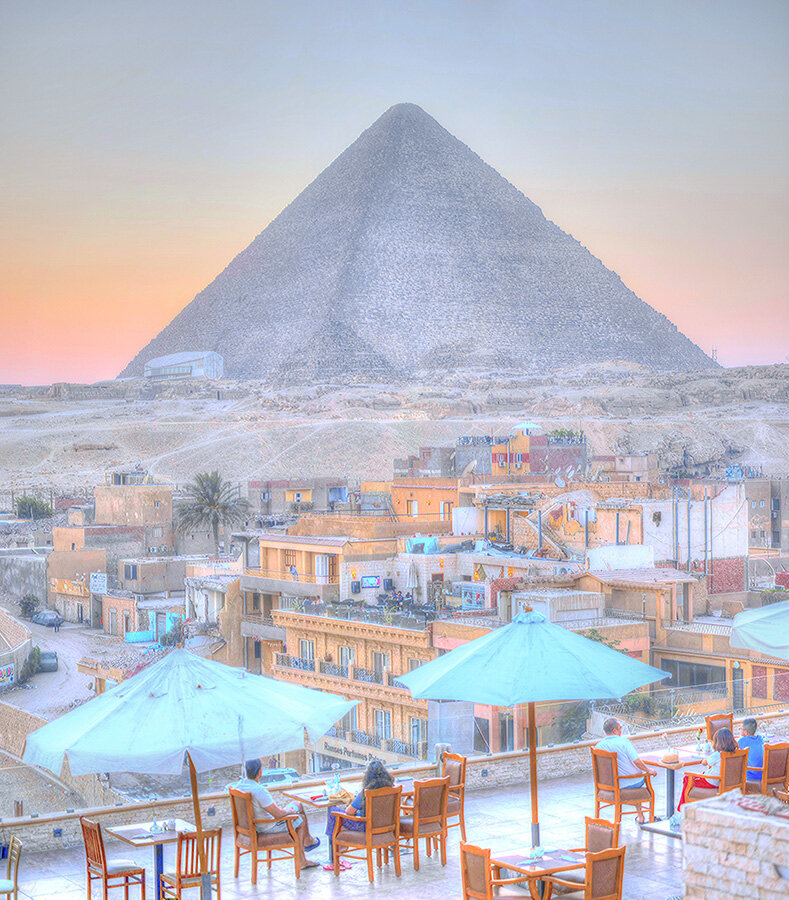

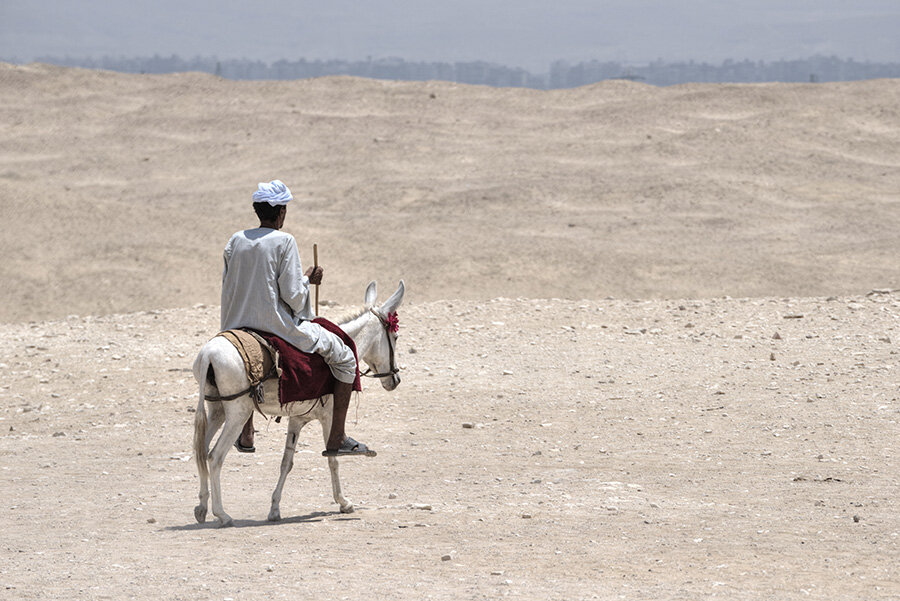
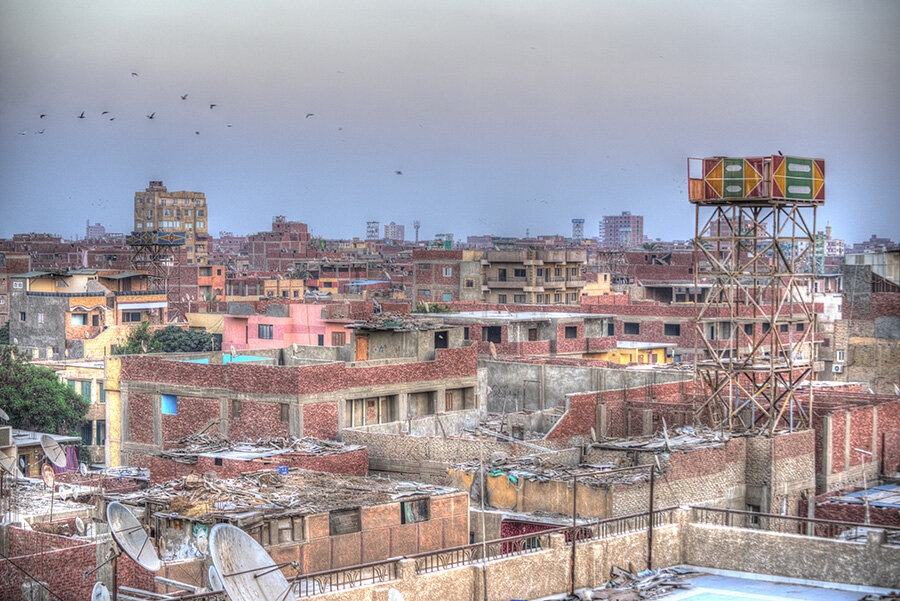

Your Custom Text Here
Various photos taken by Zima Confession author Iain M Rodgers. The photos are not connected to the book. The events described in the book all take place in Europe or India - Glasgow, Helsinki, London, Moscow, Frankfurt and Chennai.
Various photos taken by Zima Confession author Iain M Rodgers. The photos are not connected to the book. The events described in the book all take place in Europe or India - Glasgow, Helsinki, London, Moscow, Frankfurt and Chennai.
Rock Formations, Petra, Jordan
Interesting rock formations at Petra. The rocks have been shaped by nature but also have man-made holes carved into them.
Going to Petra
Petra, Jordan
The Al-Khazneh structure, mausoleum of King Aretas IV
Petra flourished in the 1st century AD, when its famous Al-Khazneh structure – believed to be the mausoleum of Nabataean king Aretas IV – was constructed, and its population peaked at an estimated 20,000 inhabitants.It declined and remained unknown to the West until it was rediscovered in 1812 by Johann Ludwig Burckhardt.
Lost Civilisation
Petra flourished in the 1st century AD, when its famous Al-Khazneh structure – believed to be the mausoleum of Nabataean king Aretas IV – was constructed, and its population peaked at an estimated 20,000 inhabitants.It declined and remained unknown to the West until it was rediscovered in 1812 by Johann Ludwig Burckhardt.
Petra – A lost civilisation rediscovered.
Petra (Arabic: ٱلْبَتْرَاء, romanized: Al-Batrāʾ; Ancient Greek: Πέτρα, "Rock"), originally known to its inhabitants as Raqmu or Raqēmō, is a historic and archaeological city in southern Jordan. It is adjacent to the mountain of Jabal Al-Madbah, in a basin surrounded by mountains forming the eastern flank of the Arabah valley running from the Dead Sea to the Gulf of Aqaba. The area around Petra has been inhabited from as early as 7000 BC, and the Nabataeans might have settled in what would become the capital city of their kingdom, as early as the 4th century BC. Archaeological work has only discovered evidence of Nabataean presence dating back to the second century BC, by which time Petra had become their capital. The Nabataeans were nomadic Arabs who invested in Petra's proximity to the incense trade routes by establishing it as a major regional trading hub.
The Pyramids of Giza
The pyramids were named after the kings they were built for - Khufu, Khafre, and Menkaure.
The nearest (northernmost) and oldest pyramid of the group was built for Khufu (Greek: Cheops), the second king of the 4th dynasty. Called the Great Pyramid, it is the largest of the three, the length of each side at the base averaging 755.75 feet (230 metres) and its original height being 481.4 feet (147 metres).
The middle pyramid was built for Khafre (Greek: Chephren), the fourth of the eight kings of the 4th dynasty; the structure measures 707.75 feet (216 metres) on each side and was originally 471 feet (143 metres) high.
The southernmost and last pyramid to be built was that of Menkaure (Greek: Mykerinus), the fifth king of the 4th dynasty.
The Pyramids of Giza at Sunset
From this angle the Great Pyramid looks smaller than the one on the right. The sphynx looks tiny by comparison with the pyramids.
The Great Pyramid At Sunset
The little spec in the middle of a photo is a bird that photobombed the shot.
Blue Pyramids
Blue pyramids try to draw your attention away from the big guy looming in the background.
Global brands - Shop in Cairo, Egypt
Global brands - as sold in a colourful shop in Cairo, Egypt
Mule man
A man riding a mule in the desert.
Rooftops and birds
Rooftops and birds - Giza, Egypt
The Great Pyramid - Giza
Great Pyramid Site - Giza
Available as an e-book, paperback or hardback - more examples of buying options are shown on the look-inside page.